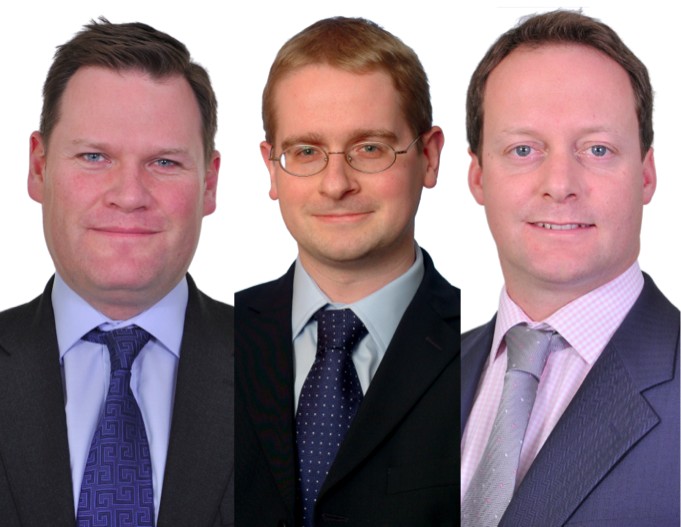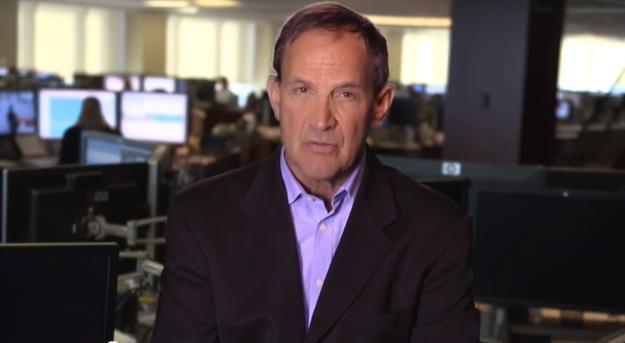Henderson Launches SICAV Version of Global Equity Income Fund
| By Alicia Miguel | 0 Comentarios

Capitalizing on its global equity income strength, Henderson Global Investors will launch the Luxembourg-domiciled Henderson Horizon Global Equity Income Fund (SICAV) on May 6, 2014. The fund will mirror the existing £680 million*(€817 million or US$1,126 million) Henderson Global Equity Income Fund (OEIC) managed by Andrew Jones and Ben Lofthouse.
Alex Crooke, head of global equity income, will manage the fund alongside Andrew Jones and Ben Lofthouse. Alex has over 23 years’ investment experience and is a manager on Henderson’s US domiciled Global Equity Income mutual fund.
Henderson’s 11-strong global equity income team cover all the major regions of the world and manage more than £8 billion** (€9.6 billion or US$13.25 billion) in equity income mandates.
Available in Euro and US dollar share classes, the Henderson Horizon Global Equity Income Fund aims to provide an above-benchmark dividend yield with the potential for capital growth. It will invest primarily in equities throughout the world and will typically hold between 50 – 80 holdings.
Greg Jones, head of EMEA retail and Latin America, says, “With interest rates at rock bottom levels on an international scale, never has there been a greater demand for income from our client base. In recent years, the equity market has become an increasingly important hunting ground for yield. We don’t see this trend abating.”
Alex Crooke adds, “As reported in the first edition of the Henderson Global Dividend Index in February, dividends paid globally reached more than one trillion dollars last year, up 43% since 2009. Increasingly, companies across the world are recognising the need to pay dividends. A global approach to income investing brings real diversification benefits, access to quarterly income and capital growth over the long term.”
“We have a closely integrated global equity income team that is well suited to bottom-up stock-picking and searching for undervalued, unloved and underappreciated companies. The SICAV will be a real benefit to investors that prefer the offshore equivalent.”
Since Inception (1st June 2012) to 31 March 2014 the Henderson Global Equity Income Fund (OEIC) returned 41.7%, outperforming the MSCI World Index which returned 33.1% over the same period.* Past performance is no indicator of future performance.
About the Portfolio Managers
Andrew Jones is a member of the Henderson Global Equity Income Team. Andrew has managed the team’s Global Equity Income OEIC with Ben Lofthouse since May 2012, and is also the fund manager of the Henderson Global Care UK Income Fund and a number of other institutional mandates. He joined Henderson in 2005 from Invesco Asset Management where he spent 10 years as a UK Equities fund manager, and was the co-manager of the Invesco Perpetual Income and Growth Fund for six years. Andrew graduated from Queens’ College, Cambridge with a BA (Hons) in Economics and holds the Securities Institute Diploma.
Ben Lofthouse is a member of the Henderson Global Equity Income Team. Ben has managed the team’s Global Equity Income OIEC with Andrew Jones since May 2012, and has managed the Henderson International Income Trust plc since its launch in April 2011. In addition to fund management duties, Ben covers the Support Services and Food & Beverages sectors for Henderson’s Equity Department. He joined Henderson Global Investors in 2004 as an Investment Analyst and Assistant Fund Manager having previously trained as a Chartered Accountant with PricewaterhouseCoopers in their Banking and Capital Markets division. He also worked in the PricewaterhouseCoopers Business Recovery Services team. Ben graduated from Exeter University with a BA (Hons) in Business Economics. He is also a CFA Charterholder.
Alex Crooke joined Henderson Global Investors in 1994 as an Associate Director of Investment Trusts after starting his investment career as a US investment analyst with Equitable Life Assurance Society in 1990. In mid 1994 he was recruited by Henderson, to co-manage the UK assets of Witan Investment Trust. His role broadened out within Henderson to become fund manager for a number of income based Unit Trusts and Investment Trusts. Alex has managed The Bankers Investment Trust PLC since 2003 and Henderson High Income Trust PLC since 1997. He is also the co-manager of Henderson’s US domiciled mutual fund, Global Equity Income and lead manager of Henderson Dividend and Income Builder. In 2013 he was appointed Head of Global Equity Income, bringing together all the equity focussed income teams within Henderson. Alex graduated from Manchester University with a BSc (Hons) Physics with Astrophysics and is an Associate Member of the Society of Investment Professionals (ASIP).
*As at 31 March 2014 (source: Morningstar)
**As at 31 March 2014





